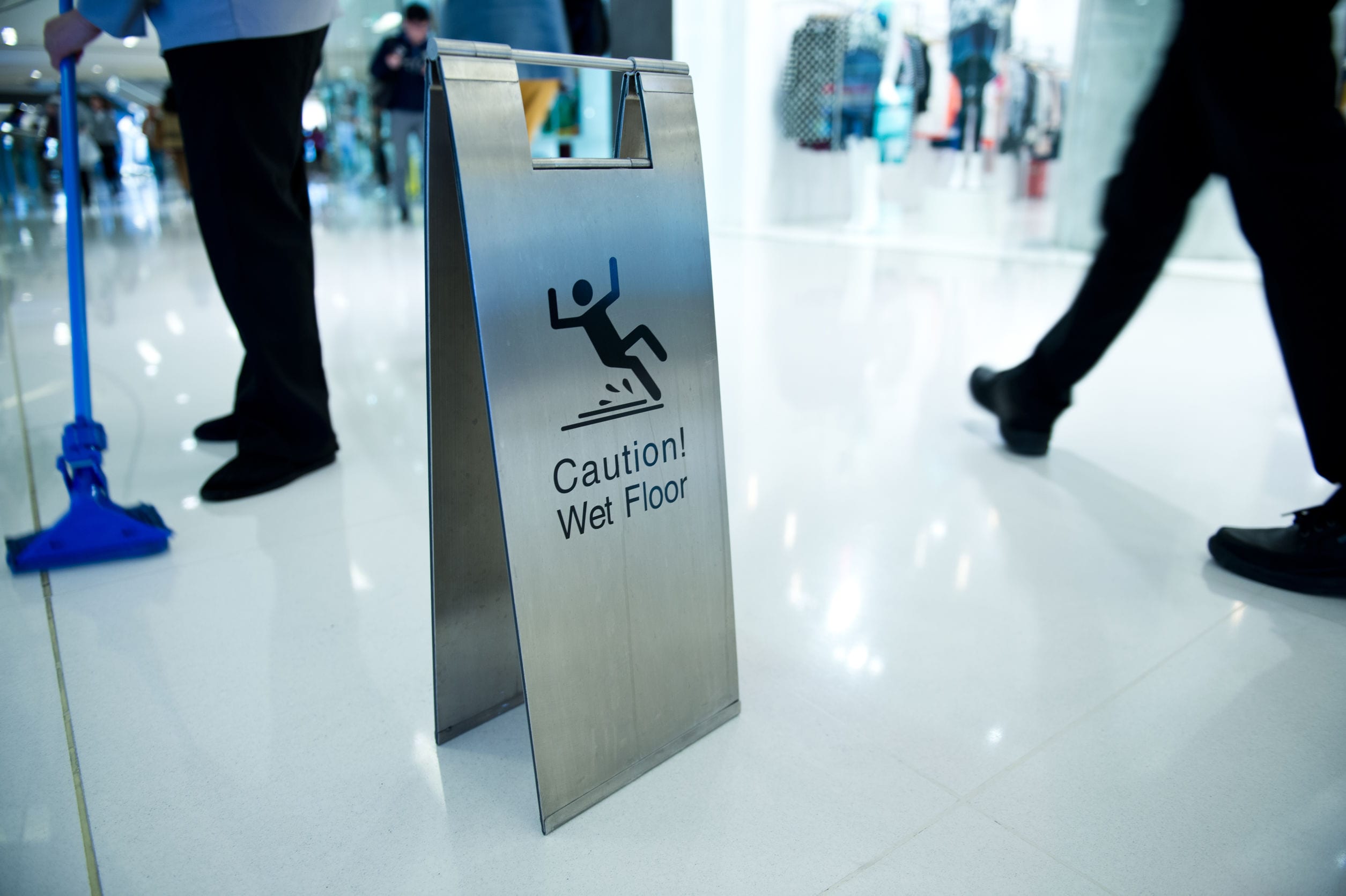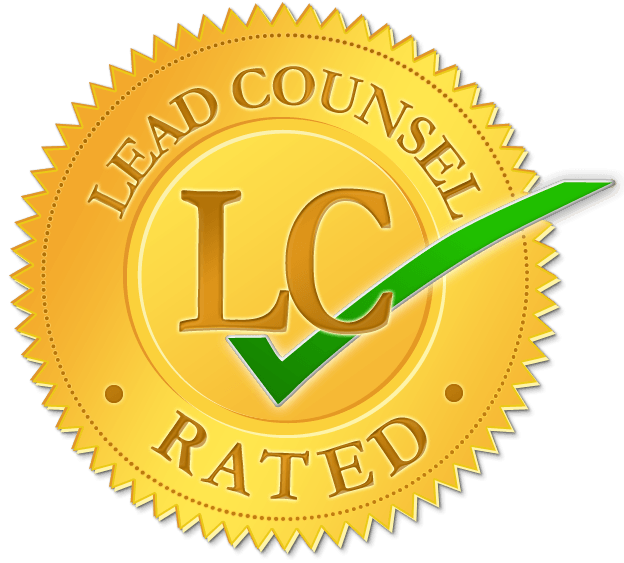It’s Not the MN Business Owner Paying That Slip and Fall Claim
Minnesota is known for many things – and one of them is long snowy winters. For many Minnesotans, pulling out their parks, donning their boots, and shoveling some snow is simply par for the winter course.
Unfortunately, it’s also the time of year that slip and fall accidents occur, since icy city sidewalks, streets, and parking lots abound. So what are the laws surrounding slip and fall claims in Minnesota? How do these types of claims typically work?
Arm yourself with the information you need so that you are ready to make the right choices if a slip and fall accident happens to you.
If You Suffer a Fall in Minnesota
The first thing that you should understand about slip and fall injuries is what to do when they happen. The actions you take depend mostly on the type of injury you suffered.
Minor injuries may simply require a trip to an urgent care center, but you should also make sure to report the accident to the owner of the residence or business where the fall took place.
If you can, look at the scene to try to determine the cause of the fall and document with photos what you find. Also, collect names and contact information for any witnesses if possible.
More serious injuries may require a trip to the hospital and a police report. Make sure to keep copies of any medical records and police reports.
How Fault Is Determined in Minnesota
Now that your injuries have been addressed, you must determine who is to blame. This is where an experienced attorney can be very helpful since Minnesota is a state that uses “comparative fault.”
Comparative Fault
Comparative fault means that the court must determine where the fault lies before any compensation can be awarded. Determining comparative fault involves factors such as:
- Conditions at the time of the incident
- What was happening during the incident (were you on your phone or distracted?)
If you are found to be at least partly at fault for the slip and fall, then possible compensation could be significantly reduced if not eliminated entirely. You get no compensation if you are found to be at fault over 50 percent.
Determining Negligence
If it’s determined that you have no fault in the incident, then it will be a question of whether or not the property owner understood the conditions to be dangerous.
In the winter in Minnesota, it’s a good guess that icy parking lots and sidewalks are an issue and property owners are expected to address these issues in order to ensure the property is safe. When they don’t, this is considered negligence.
Statute of Limitations

One important aspect that you must be aware of in slip and fall cases is the statute of limitations attached to them in Minnesota.
An experienced attorney can ensure that things get filed in court by the appropriate deadlines, but you have six years to file a legal claim for a slip and fall case in the state. It’s important to note, however, that insurance companies have shorter timeframes for filing a claim.
This is why getting the process started as quickly as you can following a slip and fall is the best way to go about it. You can always amend a claim with the help of an attorney to account for long-term losses later.
Slip and falls can be serious, so make sure you take care of yourself and get the compensation you may be entitled to.
About the Author:
A former Assistant Public Defender for the Sixth Judicial District in Duluth and former staff attorney for the Indian Legal Assistance Program, Brent R. Olson is an experienced trial lawyer who has appeared in every Courthouse in the Sixth Judicial District and taken over three dozen cases to verdict. At LaCourse, Poole & Envall, Mr. Envall focuses on family law, workers’ compensation, and criminal defense. He has a strong belief in restorative justice and helped to develop the Domestic Violence Restorative Circles program.
















